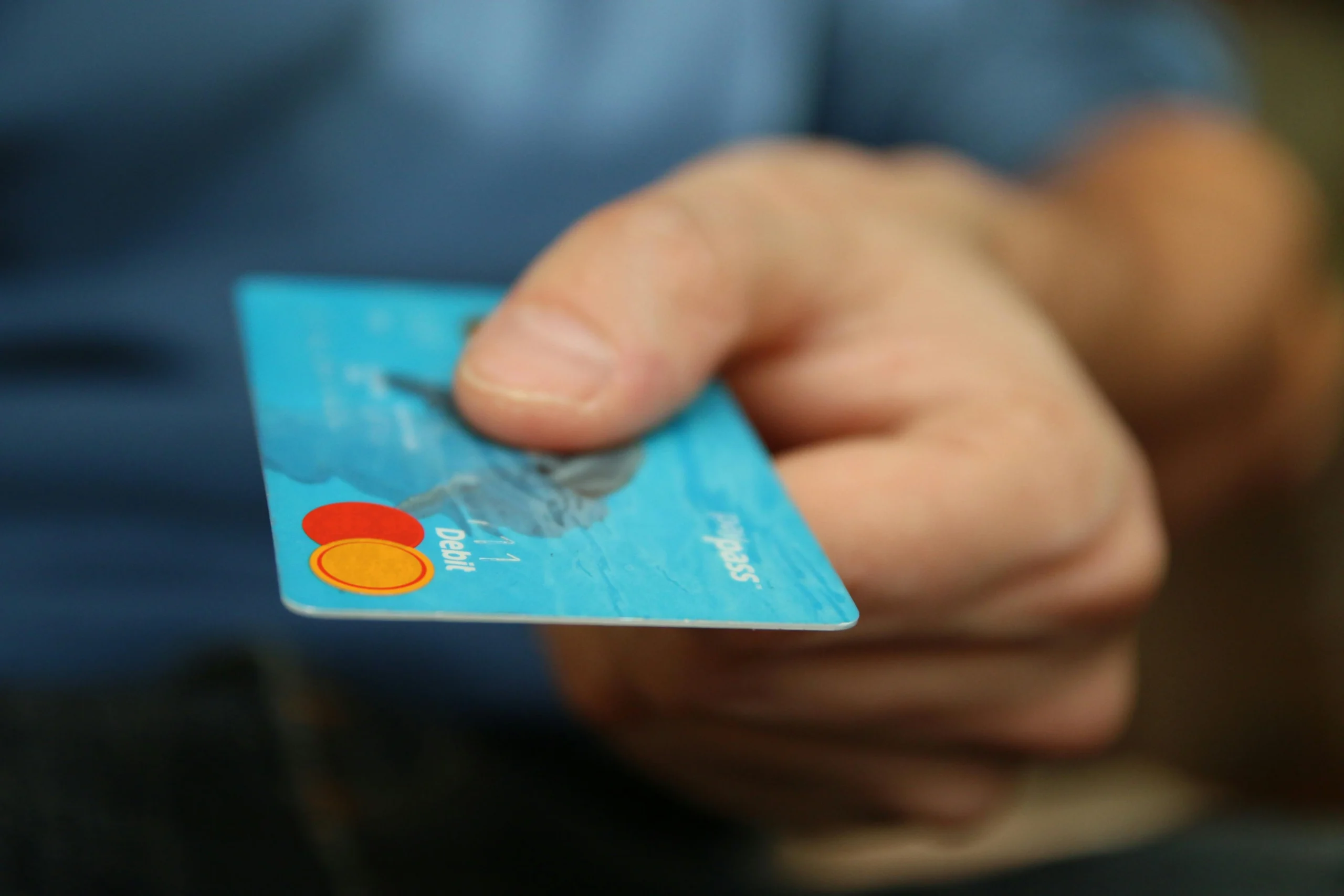



Start by calculating your total monthly income. This includes your salary, freelance earnings, and any other sources of income.

Categorize your monthly expenses into fixed (rent/mortgage, utilities, insurance) and variable (groceries, entertainment, dining out).

Subtract your total monthly expenses from your total monthly income to see how much money you have left over, or if you’re spending more than you earn.

These might include saving for a vacation, a new gadget, or an emergency fund. Aim to achieve these within the next year.

These might include saving for a vacation, a new gadget, or an emergency fund. Aim to achieve these within the next year.


A popular budgeting method where 50% of your income goes to needs (housing, food, transportation), 30% to wants (entertainment, dining out), and 20% to savings and debt repayment.
Allocate every dollar of your income to a specific category, so your income minus expenses equals zero. This method forces you to account for every dollar.
Use physical envelopes or a digital equivalent for different spending categories. Once the money in an envelope is gone, you can’t spend any more in that category for the month.



Look at your spending and identify areas where you can cut back, like dining out, subscription services, or impulse shopping.
Look for ways to reduce costs on necessary expenses. This could mean switching to a cheaper phone plan, buying generic brands, or cooking at home instead of eating out.




Schedule regular transfers from your checking account to a savings account. This way, you’re saving money before you have a chance to spend it.

Consider using apps that round up your purchases to the nearest dollar and automatically deposit the difference into a savings account.





Aim to save $1,000 for immediate emergencies like car repairs or medical bills.
Over time, work towards saving enough to cover three to six months of living expenses, providing a financial cushion in case of job loss or other major life events.




At the end of each month, review your budget to see if you stayed on track. Adjust as necessary for any changes in income or expenses.
Consider using apps like Mint, YNAB (You Need a Budget), or spreadsheets to keep track of your income and expenses.

Before making a purchase, ask yourself if it aligns with your financial goals.
Reward yourself when you reach savings goals, but do so in a way that doesn’t derail your budget.


Look for ways to increase your income through side jobs, freelance work, or negotiating a raise at work.
As you pay off debt or eliminate unnecessary expenses, reallocate that money towards your savings.



